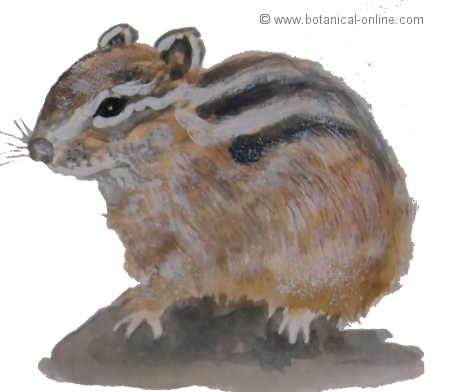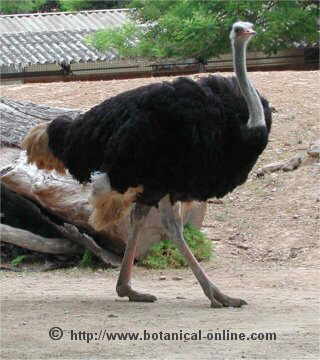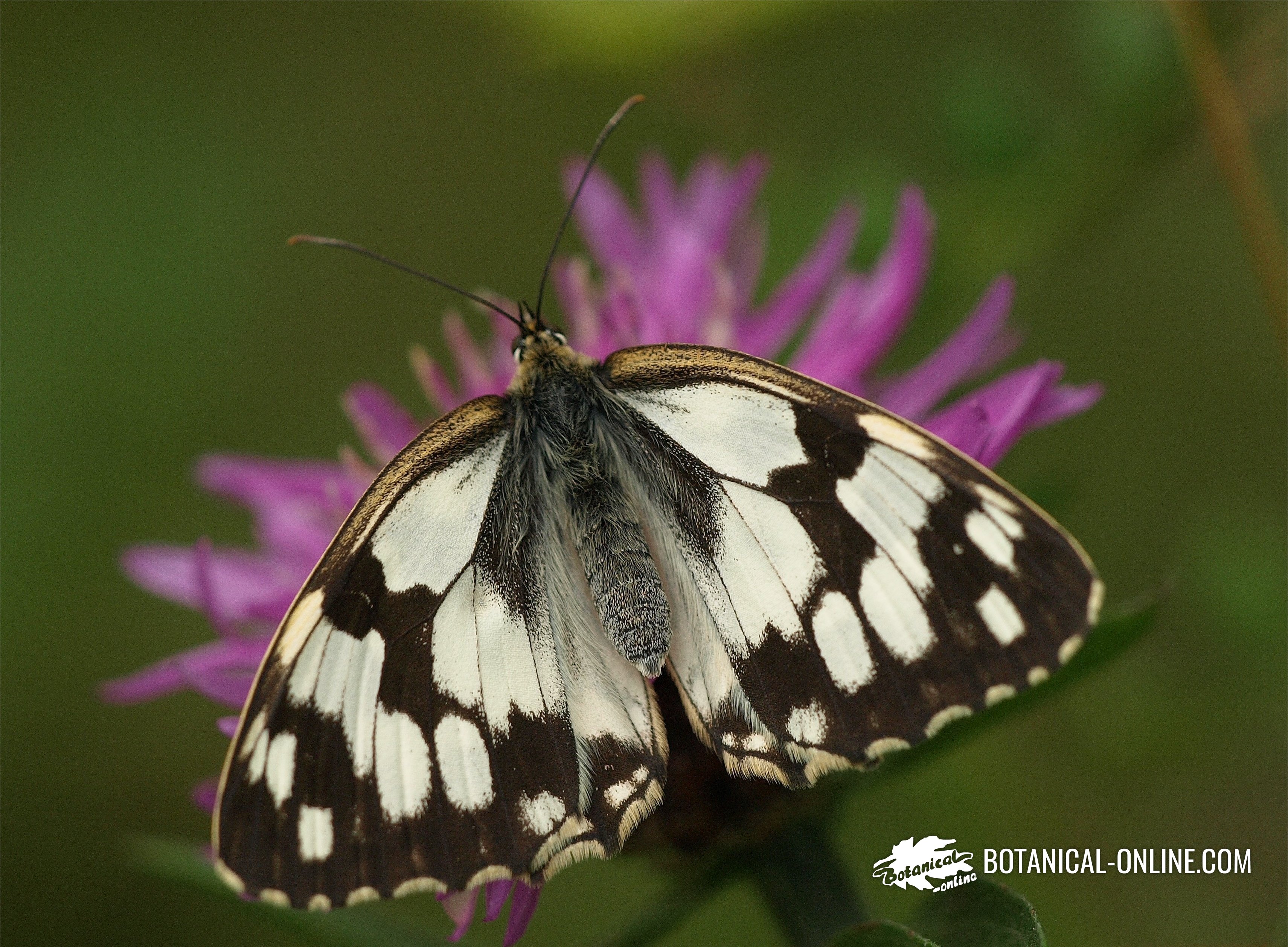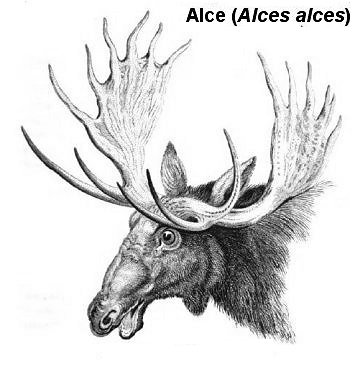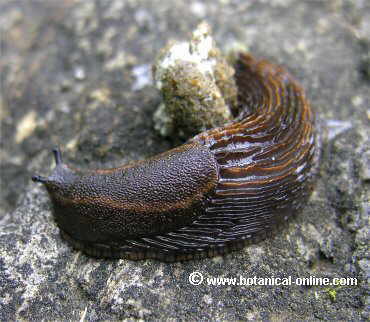Contents
Mammal dentition
Why do mammals have teeth?
Many animals have a set of calcified anatomical structures in their mouths, which are called teeth or dental pieces, whose functions are very varied.
Animals use their teeth to eat, but they also defend themselves from enemies if necessary.
Why don’t animals have the same type of teeth?
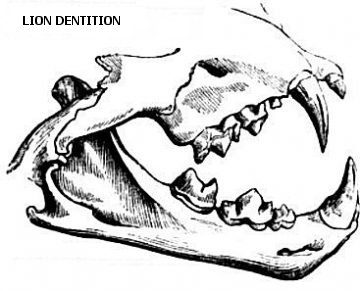
The vast majority of mammals, such as cats and other felines, dogs and other canids, primates such as man and orangutan, etc. ., has heterodont dentition, which means that their teeth are of different types, in size and shape.
The teeth in the mouth of vertebrates with heterodont dentition are grouped in the mouth into different types, such as incisors, canines or molars, and each type of tooth plays a certain role related to the chewing process.
The type of teeth that each animal species owns, and the number and arrangement in the mouth, is known as dentition.
The mouth of some species of mammals is highly specialized
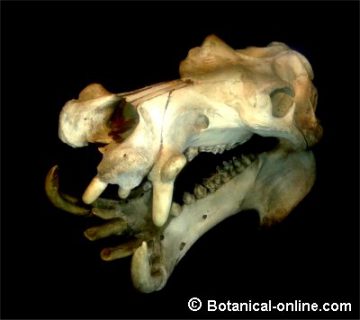
Carnivorous mammals, with predatory or scavenging habits, such as wolves, lions and hyenas, present highly developed canine teeth, or fangs, for tear and cut the flesh of their prey. And they also have carnassial teeth capable of sectioning tendons, muscles and even bones.
Herbivorous mammals possess the same molar pieces, or molars, all of them flattened to crush the tough vegetable fibers in their diet. These dental pieces in some species grow continuously to avoid wear with the chewing of food. Molars are separated from the incisors by a space called the diastema. Rabbits, for example, have the peculiarity that their teeth show continuous growth.
Rodents have highly developed incisors that serve to open seeds and cut plant stems. These mammals present continuous growth in their incisors.
Some species have the same type of teeth
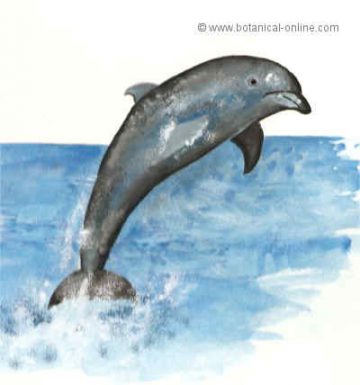
Many vertebrates, such as crocodiles, bony fish, certain lizards and snakes, and some animal species of mammals, within the order of Cetaceans, they show the same type of teeth in shape and size. This type of dentition, which is homogeneous, takes the name of homodont dentition, to differentiate it from the type of dentition that we have humans and other mammals, in which dental pieces of different size and shape are distributed in their mouths.
Animals with homodont-type dentition lack anatomical and functional differentiation, since their teeth cannot be grouped by type according to their anatomy or function. Instead, animals with this type of dentition own all the same or similar teeth.
Dolphins, orcas, sperm whales and other toothed cetaceans all have the same teeth in shape and size, which makes them easy to catch elusive prey such as fish and cephalopods.
Armadillos generally have reduced, hook-shaped teeth of similar shape and size because they also show homodont dentition.
What mammals do not have teeth?
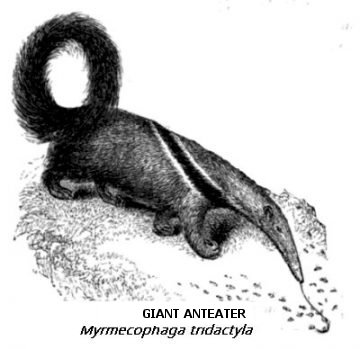
Baleen whales, such as blue whales, instead of having teeth, their mouths are provided with baleen, which are structures they use to filter microscopic crustaceans. These tiny crustaceans are the basis of their diet, and are known with the name of krill.
Other species of mammals, such as anteaters and tamanduas, have completely lost their teeth as an adaptation to a myrmecophagous insectivorous diet, that is, based on ants and termites.
Which species has the largest number of teeth?
Mammal species with the largest number of teeth is giant armadillo, whose dentition reaches 100 dental pieces, making it the terrestrial mammal with the largest number of dental pieces in the world. However, the record for having a greater number of teeth is held by sea creatures. Dolphins, depending on the species, may have up to 240 – 250 teeth in their mouths. This is the case of Guiana dolphin which is the dolphin species with the highest number of teeth.
However, the animal species with the highest number of teeth is a fish. Catfish have almost 9,300 teeth in their mouths. Although invertebrates do not own teeth as such, lands snails possess a kind of tiny teeth, called denticles, in a special masticatory structure, which receive the name of radula. More precisely, this animal has more than 25,000 of these little teeth.
![]() More information on other animals
More information on other animals

